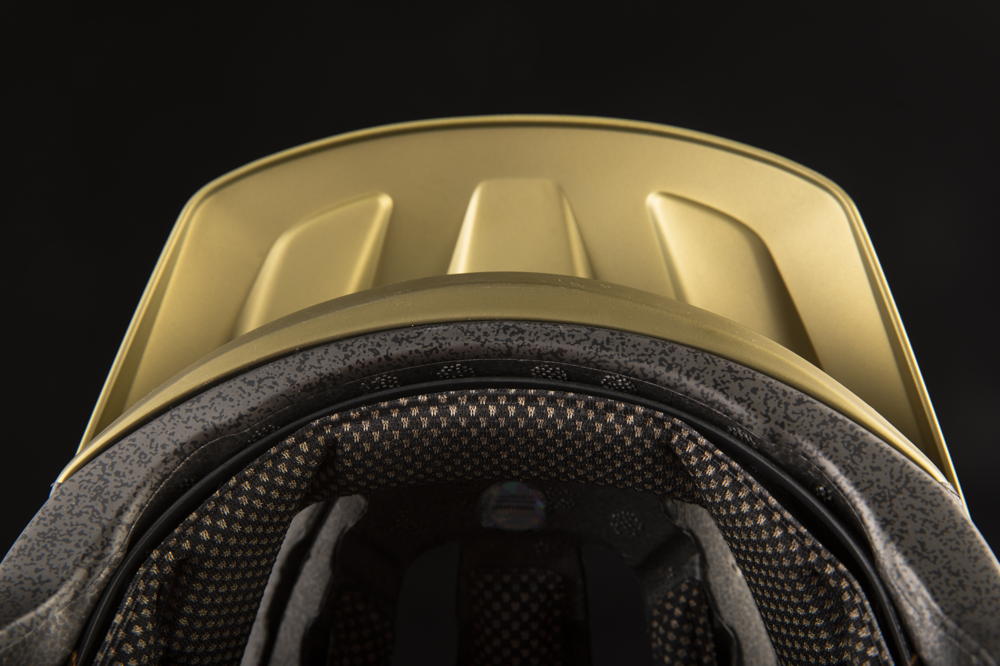Head and shoulders
It’s fair to say that the new Giro Manifest Spherical lid is unusual looking, with a two tone colour it almost looks as though its two helmets in one.
>>> Best mountain bike helmets 2020: ridden and rated
And that’s because it really is two helmets in one, at least in production terms, with dual EPS domes sitting one inside each other, all wrapped in a nylon shell. It might look wacky, but it’s the most advanced helmet for mountain biking available today.
>>> Giro Manifest helmet review
We’re probably all familiar with MIPS by now, it’s designed to let a helmet rotate slightly in the event of an impact without transferring that torque to your head. The tech isn’t perfect though, having that yellow liner right on your head can be uncomfortable, it limits the venting, and it can throw off the fit of some helmets too. Giro’s solution is called Spherical Technology, built by them in partnership with MIPS the idea is to split the helmet in two and have the two EPS liners themselves form the slip-plane, the two halves roating inside each other like a ball and socket joint. Simple but clever, we reckon.

There’s a host of tech features in addition to this too that make the Manifest stand out. Giro uses two different densities of EPS in the two helmet liners to protect against different types of impact, there’s X-Static padding that claims to be permanently antimicrobial, and the venting is prolific thanks to something Giro calls its AURA reinforcing arch.
All this goes some way to explaining the Giro Manifest ’s sky-high £249.99 price. Giro tells us it’s because the build process and tooling costs of producing two helmets in one is much higher, it takes longer to make than conventional helmets and there’s more labour involved. The R&D process was expensive too, the Manifest took three years to develop.
It’s not the first off-road helmet Giro has built with this tech though, the Tyrant came out last year with extended coverage down the sides for more of a gravity focus. It’s significantly cheaper. Giro says it wanted to get the helmet to the younger generation of riders who are potentially taking bigger risks on their bikes, and so it’s making a much smaller margin.




